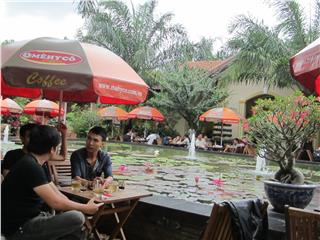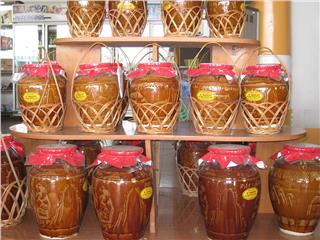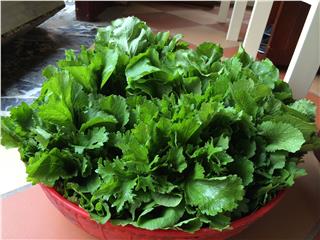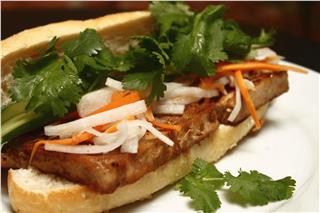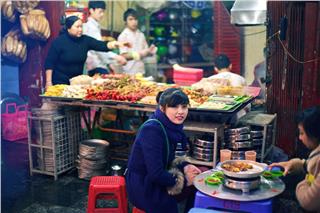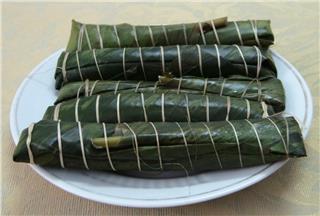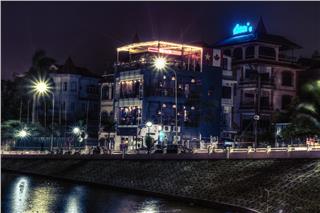Ruou Can - A cultural feature of the Central Highlands
Fri, 07 Nov 2014 . Last updated Thu, 25 Jun 2015 08:54
-
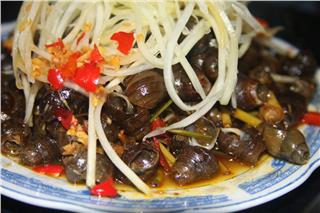 Tasty snail dishes in Vietnamese cuisine 6860 viewed
Tasty snail dishes in Vietnamese cuisine 6860 viewed -
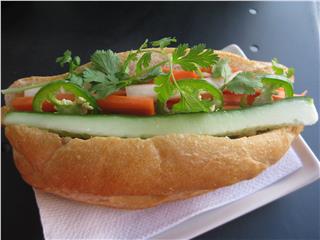 Taste of Banh Mi in Vietnam cuisine 6215 viewed
Taste of Banh Mi in Vietnam cuisine 6215 viewed -
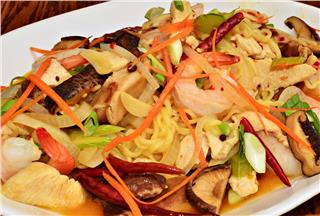 Delicious Vietnamese mushroom dishes 5839 viewed
Delicious Vietnamese mushroom dishes 5839 viewed -
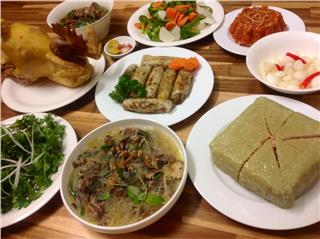 Traditional Vietnamese Tet food 5730 viewed
Traditional Vietnamese Tet food 5730 viewed -
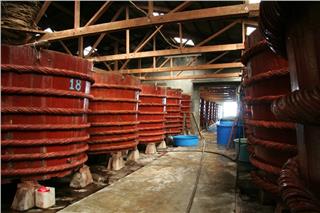 Phu Quoc fish sauce 5546 viewed
Phu Quoc fish sauce 5546 viewed -
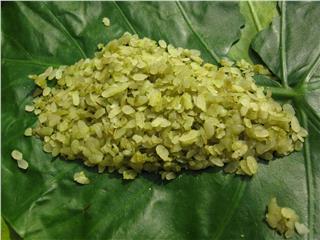 Com Vong special dish of autumn in Hanoi cuisine 5527 viewed
Com Vong special dish of autumn in Hanoi cuisine 5527 viewed -
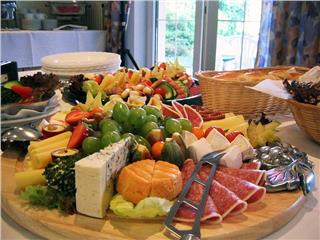 German food culture in Hanoi 5149 viewed
German food culture in Hanoi 5149 viewed -
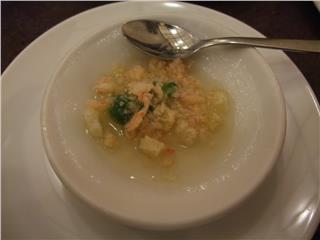 Assorted cakes in Hue cuisine 5029 viewed
Assorted cakes in Hue cuisine 5029 viewed -
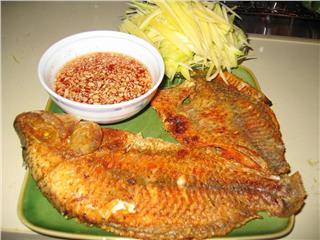 Delicious Vietnamese fish dishes 5001 viewed
Delicious Vietnamese fish dishes 5001 viewed
In the Central Highlands, Ruou Can plays an important role in the life local people. This kind of specialty and offering appears in social and spiritual life of families and the community. And it is included in the cuisine of the Central Highlands.
Ruou Can (tube wine or stem wine) has become an indispensable part in the culture of people in the Central Highlands. Only those who have visited the Central Highlands have chances to taste Ruou Can, a kind of drink with special ferment. Those who are interested in Ruou Can must know the verses of Poet Giang Nam:
I drink with the sacred forest
You mix the moon with the wine
Your eyes and alcohol yeast make me drunk
I am covered with the smell of your hair.
Only women make Ruou Can. In local people’s opinion, during 3 days and nights of fermenting, the women who makes wine is not allowed to take bath. For thousands years, the wine has been passed from mother to daughter as a sacred thing. It takes several stages to make a jar of wine, namely making yeast, cooking rice, keeping the mixture of rice and yeast in the jar. Today, people use ordinary rice, sticky rice, corn and cassava to make wine. And people use ready-made yeast instead of herbs as they used to. But the quality of wine is kept unchanged. Wine jar are arranged at the corner of the house. The longer the wine is kept, the better the wine tastes.
According to ethnic people, pregnant women are not allowed to come to the place where wine is made. During the time of making wine, the makes must keep their body clean or the taste of the wine will be affected. Visiting the Central Highlands, you’ll find wine jars in houses of ethnic people here. However, each family has their own way of making wine depending on their taste. Wine is a special product of rustic ethnic people.
In the past, women had to go to the forest to find roots of more than 20 kinds of herbs to make yeast. In the last 10 years, it is hard to find the herbs. So, ethnic people use ready-make yeast balls to make wine. For generations, Ruou Can has closely attached with the life of people living in the Central Highlands. It’s a kind of drink containing human’s feeling. Ruou Can is the unique material and spiritual product of ethnic people living in the Central Highlands. They drink Ruou Can everywhere and whenever they want. They drink wine directly from the jar. The tubes are made of a small bamboo with the length of 1.2 – 1.5m. As for Ede ethnic people, they only use 1-2 tubes for a jar. The water is poured into the jar. The tubes are ready. However, a rite must be done before the drink begins.
During the drink of Ede ethnic people, there must be a chairman called “Gai-pe”. “Gai-pe” is responsible for giving the tube to members of the drink in the order old-young, female-male. At first, “Gai-pe” drinks wine and spit out. Then, he gives the tube to other members. This shows that the wine is good and unpoisonous. During the drink, the tube is given from one to another. When a member does not want to drink, he covers the tube with his thumb. Everyone can join the drink. While they’re drinking, they talk to each other. This shows the union and love of the family as well as of the community.
Researchers of Central Highlands culture said that if there was no Ruou Can, ethnic groups living in the Central Highlands would not have custom. We can see that Ruou Can is closely attached to the life of local people. Here, Ruou Can is not only a kind of daily drink but also essential offering to the Gods. People in the Central Highlands use Ruou Can in all festivals. Ruou Can is an indispensable part in all festivals of local people.
Ethnic people in the Central Highlands believe that there is a God looking after each wine jar. And their forefathers learned making Ruou Can from the God, so, before doing a job, they have to ask for support of the God with Ruou Can. In lunar Mar, the elephant race festival in Dak Lak is held together with other festivals like water worshipping, gong, etc., to pray for good crops and prosperity of the village. The festival is held in a cleared site in the village. They play gong to welcome Gods and tell villagers that the preparation for the festival is done. Gong is played during the festival. And Ruou Can is an indispensible part of the festival.
In the festivals in Central Highlands, Ruou Can is not only a kind of offering but also drink of villagers. In addition to the material value, Ruou Can is also the symbol of communication culture as it helps each individual join the community. According to researchers of folklore culture, Ruou Can is the second specialty of ethnic groups in Vietnam. Ruou Can has been attached to the development of ethnic groups in the Central Highlands for years as a bold feature in their culture. They learned to make Ruou Can from the God. So far, Ruou Can has been a part of their habits and customs. The gong is a tool for human to communicate with nature, and the Ruou Can helps them join each other.
Source: VTC10 - NETVIET

